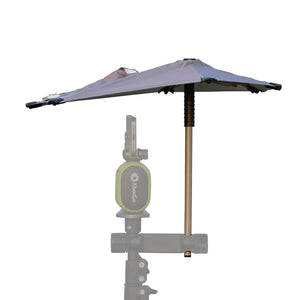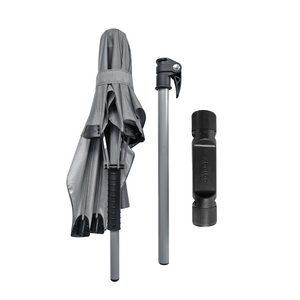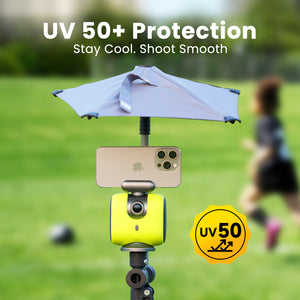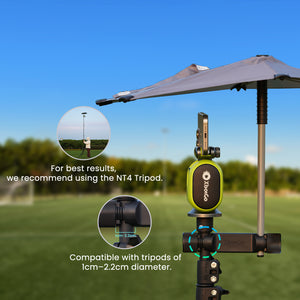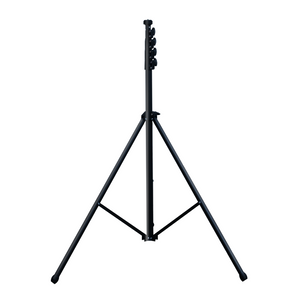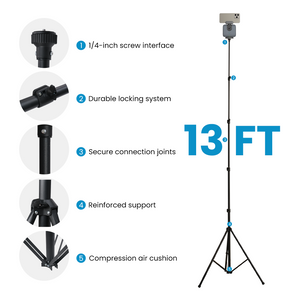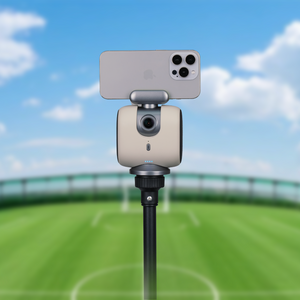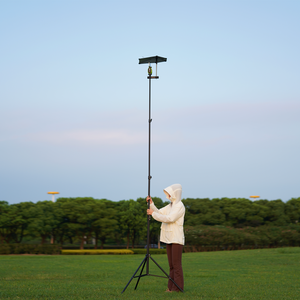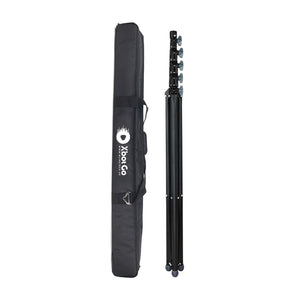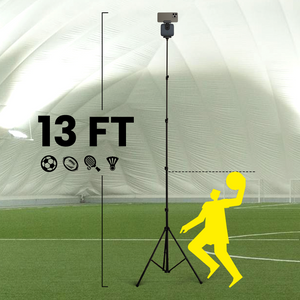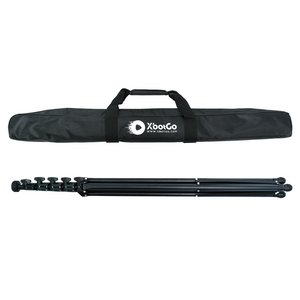XbotGo Chameleon AI Sports Camera
21 Basketball Facts That Will Change How You See the Game
Basketball captivates over 2.2 billion players and fans worldwide, making it one of the most beloved sports on the planet. From its humble beginnings with peach baskets to today's high-flying NBA superstars, the sport has evolved in ways that would astonish its inventor.
Whether you're a die-hard fan or just discovering the game, these fascinating facts will give you a whole new appreciation for basketball's rich history and incredible evolution.
1. Basketball Was Invented in Just 14 Days
Dr. James Naismith didn't have months to develop basketball—he had exactly 14 days. In December 1891, his boss at the International YMCA Training School in Springfield, Massachusetts, challenged him to create an indoor activity to keep students active during brutal New England winters. Naismith's solution? A game that would revolutionize sports forever.
2. The First Game Used a Soccer Ball and Peach Baskets
Forget today's orange basketballs and metal rims. The very first basketball game featured a soccer ball and literal peach baskets nailed to an elevated track in the gymnasium. After every successful shot, someone had to climb a ladder to retrieve the ball—imagine the game delays! It wasn't until 1906 that metal hoops with backboards became standard.
3. The Original Game Had Only 13 Rules
Naismith's original rulebook contained just 13 basic rules, handwritten on two pages. Today's NBA rulebook? Over 60 pages of detailed regulations. Those original 13 rules included gems like "no running with the ball" and "no shouldering, holding, pushing, tripping, or striking an opponent."
4. Dribbling Was Completely Illegal
Players in early basketball couldn't dribble—at all. They had to pass the ball from wherever they caught it, making the game more like netball. The first team credited with "advancing the ball" by dribbling was Yale in 1897, and even then, players were only allowed one dribble per possession. Full dribbling wasn't allowed until 1901.
5. Games Started With 18 Players on the Court
The first official game had nine players per side because that's how many students showed up for Naismith's class that day. The number of players wasn't standardized to five-per-side until several years later. Imagine trying to find space on a court with 17 other players!
6. The First Recorded Basketball Game Ended 1-0
The inaugural game in 1891 was a defensive struggle that would make today's fans fall asleep. William R. Chase scored the only basket about 30 minutes into the game, making the final score 1-0. Modern NBA teams average over 100 points per game—quite the evolution!
7. Wilt Chamberlain's 100-Point Game May Never Be Broken
On March 2, 1962, Wilt Chamberlain scored an NBA-record 100 points in a single game for the Philadelphia Warriors. To put this in perspective, the closest anyone has come since was Kobe Bryant with 81 points in 2006. Chamberlain averaged 50.4 points per game that season—a feat considered virtually impossible in today's game.
8. The Tallest and Shortest NBA Players Once Played Together
At 7'7", Manute Bol and Gheorghe Mureșan share the record as the NBA's tallest players ever. But here's the mind-blowing part: Bol played alongside 5'3" Muggsy Bogues on the Washington Bullets in 1987-88. The height difference of 28 inches made for some of the most surreal photos in sports history.
9. DeJaun Blair Played His Entire NBA Career Without ACLs
In one of medicine's most baffling cases, DeJaun Blair played seven NBA seasons without anterior cruciate ligaments in either knee. Doctors discovered this during his pre-draft physical, yet he still carved out a successful professional career, proving the human body's incredible adaptability.
10. Michael Jordan Was Cut From His High School Varsity Team
The player many consider the greatest of all time didn't make his high school varsity team as a sophomore. Standing just 5'10" at the time, Jordan used this rejection as fuel, growing four inches and practicing relentlessly. His story remains one of sports' greatest examples of turning failure into motivation.
11. Three Dallas Mavericks Point Guards Shared the Same Birthday
In what might be sports' strangest coincidence, JJ Barea, Raymond Felton, and Deron Williams were all born on June 26, 1984. All three played point guard for the Dallas Mavericks during the 2015-16 season. No other NBA player shares this birthdate, making it a one-in-a-billion statistical anomaly.
12. LeBron James Now Plays Against Athletes Younger Than His Son
In 2024, LeBron faced GG Jackson, who was born on December 17, 2004—making Jackson two months younger than LeBron's oldest son, Bronny. This generational overlap showcases LeBron's unprecedented longevity in professional sports.
13. Only Four NBA MVPs Have Passed Away
Despite the NBA existing since 1946, only four MVP winners have died: Wilt Chamberlain, Moses Malone, Kobe Bryant, and Wes Unseld. This remarkable fact highlights both the relative youth of the league and the generally good health of its elite athletes.
14. Basketball Wasn't Always Orange
The iconic orange basketball didn't exist until the 1950s. Early basketballs were dark brown leather, making them difficult to see for both players and spectators. Tony Hinkle introduced the orange ball at Butler University in 1957, and it quickly became the standard due to its visibility.
15. The Three-Point Line Didn't Exist Until 1979
The NBA introduced the three-point line for the 1979-80 season, borrowing the idea from the defunct ABA. Initially dismissed as a gimmick, the three-pointer has revolutionized basketball strategy. Today's teams average over 35 three-point attempts per game, compared to less than three per game in 1980.
16. Slam Dunks Were Banned in College Basketball for Nine Years
From 1967 to 1976, the NCAA banned dunking, largely due to Lew Alcindor's (later Kareem Abdul-Jabbar) dominance. Officials claimed it was for safety reasons, but many saw it as the "Alcindor Rule." The ban's removal led to the high-flying game we know today.
17. Basketball Is Played in Over 200 Countries
From its American roots, basketball has grown into a truly global sport. It's played in more countries than any other sport except soccer, with particularly strong followings in China, Spain, Greece, and the Philippines. The NBA alone broadcasts games in 215 countries and territories.
18. The Harlem Globetrotters Have Lost Fewer Than 400 Games
Since 1926, the Harlem Globetrotters have played over 26,000 games and lost fewer than 400. Their opponent, the Washington Generals, exists primarily to lose to the Globetrotters, creating one of sports' most unique entertainment experiences.
19. NBA Players Are 99% More Accurate Than Average Players
Studies show that NBA players shoot free throws at approximately 75% accuracy, while recreational players average around 40%. This 35-percentage-point difference represents one of the largest skill gaps between professionals and amateurs in any major sport.
20. The Average NBA Game Has Over 100 Possessions
Modern NBA teams average between 95-105 possessions per game, a dramatic increase from the 1950s when teams averaged just 75 possessions. This faster pace has transformed basketball into one of the most exciting spectator sports.
21. Technology Has Revolutionized Basketball Analysis
Today's game features sophisticated player tracking systems that record every movement on the court. Modern coaching incorporates AI-powered analysis, automated highlight creation, and advanced statistics that would seem like science fiction to Dr. Naismith.
Systems like the XbotGo Chameleon have democratized professional-level game recording, allowing youth teams and amateur players to capture and analyze their games with the same technology used by professional organizations, complete with automatic player tracking and instant highlight generation.
The Future of Basketball
These 21 facts barely scratch the surface of basketball's rich history and continuous evolution. From peach baskets to AI-powered coaching systems, from no dribbling to players launching shots from 40 feet away, basketball has transformed in ways its inventor could never have imagined.
As technology continues to advance and the game grows globally, one thing remains constant: basketball's ability to bring people together, create unforgettable moments, and inspire athletes of all ages to reach for greatness—whether that's scoring 100 points in a game or simply making their first basket.
Frequently Asked Questions
Who really invented basketball?
Dr. James Naismith, a Canadian physical education instructor, invented basketball in December 1891 at the International YMCA Training School in Springfield, Massachusetts.
What's the highest-scoring NBA game ever?
The highest-scoring game in NBA history occurred on December 13, 1983, when the Detroit Pistons defeated the Denver Nuggets 186-184 in triple overtime, combining for 370 total points.
Why do basketball players wear short shorts now?
Actually, basketball shorts have gotten longer since the 1980s. The transition from short to long shorts is often credited to Michael Jordan, who requested longer shorts at North Carolina to help him grip them when tired.
Can you still play basketball without ACLs?
While DeJaun Blair proved it's possible, playing without ACLs is extremely rare and risky. Most athletes require ACL reconstruction surgery to continue playing at a high level.
XbotGo Chameleon AI Sports Camera
Capture every moment with AI-powered tracking. Perfect for coaches, parents, and athletes who want seamless footage without manual filming.







 Soccer
Soccer Basketball
Basketball Ice Hockey
Ice Hockey Rugby
Rugby










